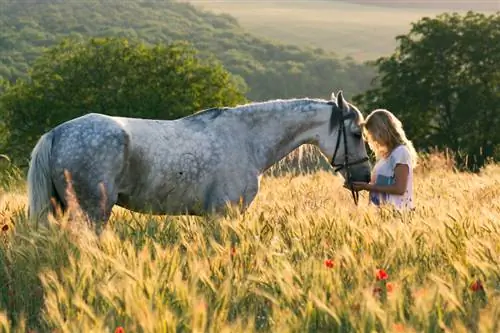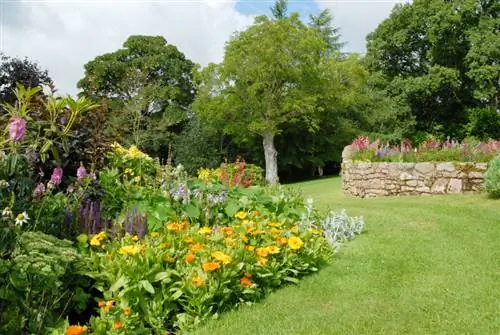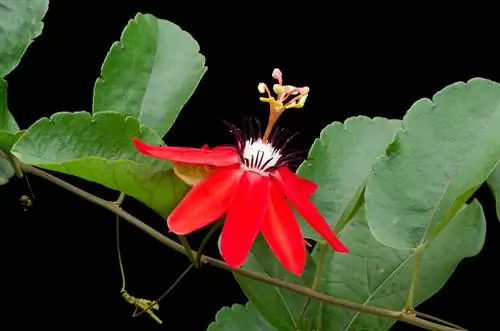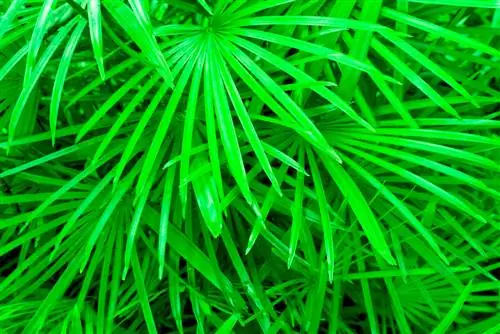- Author admin [email protected].
- Public 2023-12-16 16:46.
- Last modified 2025-01-23 11:20.
Not all meadows are the same - and horses have to meet very special conditions so that the steppe animals, who like to move, feel comfortable there.

What are the characteristics of a good horse meadow?
An ideal horse meadow should have structurally rich, low-protein grasses, various meadow herbs, durable turf and dense vegetation. It should be free of weeds and poisonous plants and have a solid or electric fence to limit it.
What is important in a horse meadow
Knowledgeable horse owners know that you shouldn't just put sensitive animals on any pasture - especially if grasses and herbs are supposed to make up a main part of the animal's diet. The perfect horse manner has the following characteristics:
- It contains structure-rich but low-protein grasses as well as various meadow herbs.
- Instead, weeds and poisonous plants are ideally absent.
- It is extremely durable - horses need a lot of exercise and therefore put a lot of strain on the turf.
- The pasture is characterized by dense vegetation without any bare spots so that the animals can find enough food.
- The existing food plants are tasty, otherwise they will not be eaten.
A horse meadow must also be fenced in, with a solid fence being the best (because safest) choice. However, since this cannot always be set up, you can alternatively install an electric fence (€94.00 on Amazon). Instead of the almost invisible wire, you should use colored electrical tape.
The right seed mix for a horse meadow
So that all of these conditions are met, you must pay attention to the right location and the use of the right seed mixture when setting up the horse meadow. A wet meadow is extremely unsuitable for horses. Do not use a mixture for cattle pastures for sowing, as these are far too rich in protein. Mixtures with ryegrass, meadow panicle as well as timothy grass, meadow fescue and red fescue are more suitable.
Maintaining a horse meadow
Horse meadows should be harvested regularly so that unpleasant parasites do not multiply. Furthermore, the horses should be able to change pasture regularly so that an area can recover and regenerate in the meantime. Check the meadow from time to time for undesirable growth (e.g. ribwort plantain or the very poisonous ragwort) and remove it before it can seed and spread further. Regular fertilization is also advisable, although you should only spread slowly releasing nitrogen fertilizers - conventional artificial fertilizers are usually too high in nitrogen and therefore too rich in protein.
Tips & Tricks
As steppe animals, horses tend to need lean meadows. You can tell that your meadow is too rich in protein and therefore too fat from indicator plants such as stinging nettles, groundweed, dandelions, couch grass and orach as well as shepherd's purse, chickweed and deadnettle.






